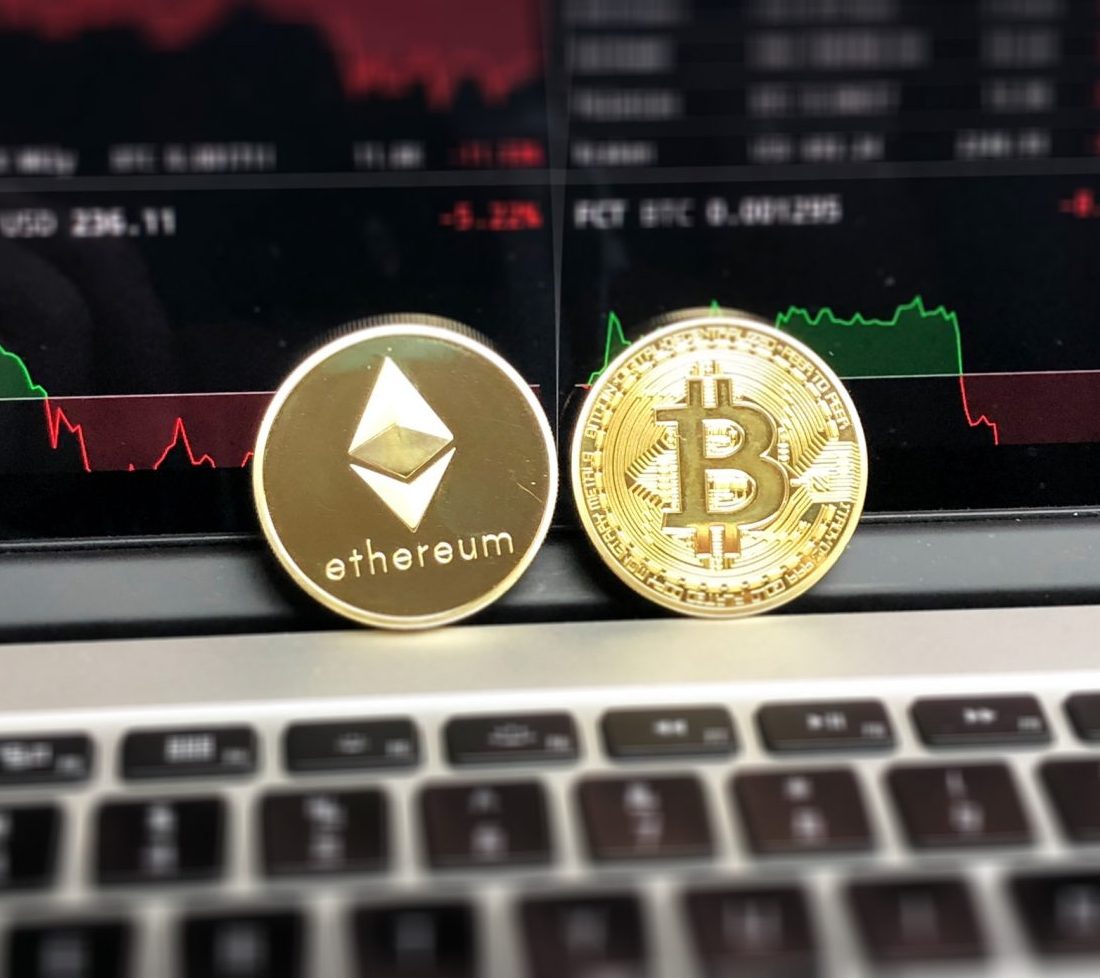Seven tech trends to look out for in 2018
SHARE
Priscilla McGregor-Kerr
07 Feb 2018
2017 was a big year for the technology industry, from its alleged role in influencing elections, to the meteoric rise of cryptocurrencies like Bitcoin.
So what might 2018 have in store?
At this time of year there’s always plenty of reports from companies predicting what they think the most groundbreaking, society-altering tech trends will be.
Harvard’s planning team has looked at 10 of these prediction reports – from organisations such as the Future Today Institute, Hootsuite, and Deloitte to find the most commonly cited themes.
We found seven consistent trends that we think you should look out for this year:
1. The internet of things becomes ‘the internet of eyes and ears’
Most of us are already familiar with the internet of things through connected wearables, like fitness trackers and even accessories for our pets. In 2018 the IoT will keep getting smarter and become in effect “the internet of eyes and ears” – able to watch, listen, and keep learning from the information it consumes. This will manifest itself in more and more everyday objects with in-built cameras and visual or speech recognition technology, from Nest cameras to Amazon Echo. According to a report from the Innovation group and Mindshare, approximately two-thirds of global smartphone users are interested in the prospect of voice-activated televisions and light switches.2. The range of artificial intelligence applications grows
The range of uses for artificial intelligence (AI) is expanding rapidly in an array of practical and creative ways, from virtual assistants like Siri to increasingly sophisticated autonomous vehicles. According to an Edelman survey, the percentage of companies using AI will increase from 38% in 2016 to 62% in 2018. The media industry is also experimenting with AI. Publishers such as the LA Times and Washington Post have discovered that they can transform raw data into narratives, creating stories that seem as though they’ve been written by a human. We’ll see more of these practical applications in 2018.3. Blockchain stays hot
Mentioned in five out of the 10 reports we looked at, blockchain has become well-known because of its essential role in how Bitcoin and other cryptocurrencies work, although it potentially has many other uses. In October 2017 Gartner estimated that the combined value of cryptocurrencies in circulation worldwide was $155bn, and this number keeps rising. While cryptocurrencies will represent more than half of blockchain’s global ‘value add’ by 2023, according to Gartner, blockchain is also being depicted as a solution to the trust crisis that arose during 2017. By creating services based on blockchain technology, it will in theory become less necessary for consumers to trust organisations as long as they trust blockchain.4. Shift in trust from institutions to peers
With the increasing number of high-profile cyberattacks, the fear of jobs being stolen by robots, and the presence of fake news in elections, the public’s trust in institutions such as the government, media, and the technology sector as a whole are historically low. Following the recent elections when Twitter and Facebook were used to influence voters, many are calling for more government regulation of these tech giants. As a consequence, the value of ‘people like me’ in spreading and communicating ideas has never been greater. Brands are increasingly using their own employees, as well as micro-influencers on social media platforms, to get their message across.5. Bots become the ‘face’ of customer service
Many of the reports we looked at spoke of creating new ways of working in a culture where people and AI/bots collaborate closely. As we transition from text-based chatbots to voice interfaces, companies will need to determine how best to interact with their consumers. Gartner expects that by 2020 55% of large companies will have deployed at least one bot, as they become able to listen to conversations and understand when to offer assistance or interact with consumers. Additionally, 85% of all customer service interactions will be powered by AI bots by 2020.6. Tech keeps changing the workforce
Tech’s role in changing how we work, and the kind of work we do, was a regular theme in many of the 2018 prediction reports. There will be considerable churn with the global IT sector itself in 2018, according to these predictions, and IT staff will have to become more versatile in order to thrive. One example of technology producing new, untraditional careers is the rise of the online influencer. Apparently children as young as three years old are now being readied to become the next online influencers. One example is a family of five siblings from Omaha, aged 2-14, who are posting toy review videos sponsored by toymakers such as Nintendo. In 2017 they were due to earn $140,000 from their YouTube channel. The influencer marketing industry is projected to exceed $5bn in value by 2020, so this form of entrepreneurial activity is only likely to increase among children in the coming years.7. 5G starts to roll out
Fifth generation mobile phone networks are expecting to start rolling out between 2018 and 2020. This 5G technology is expected to be 100 times faster than 4G, and has been predicted to revolutionise the IoT by allowing all kinds of devices from cars to fridges to instantly send and receive large amounts of data. If these predictions come true, the speed and reach of 5G will have a major impact in an array of areas from transport and healthcare to entertainment and education.***
These were the key trends were covered again and again. But there were often themes bubbling under the surface too - from the rise of ad block blockers to the increased commercial use of drones. What trends do you think are missing from this list? How do you think tech will impact the world in 2018?
